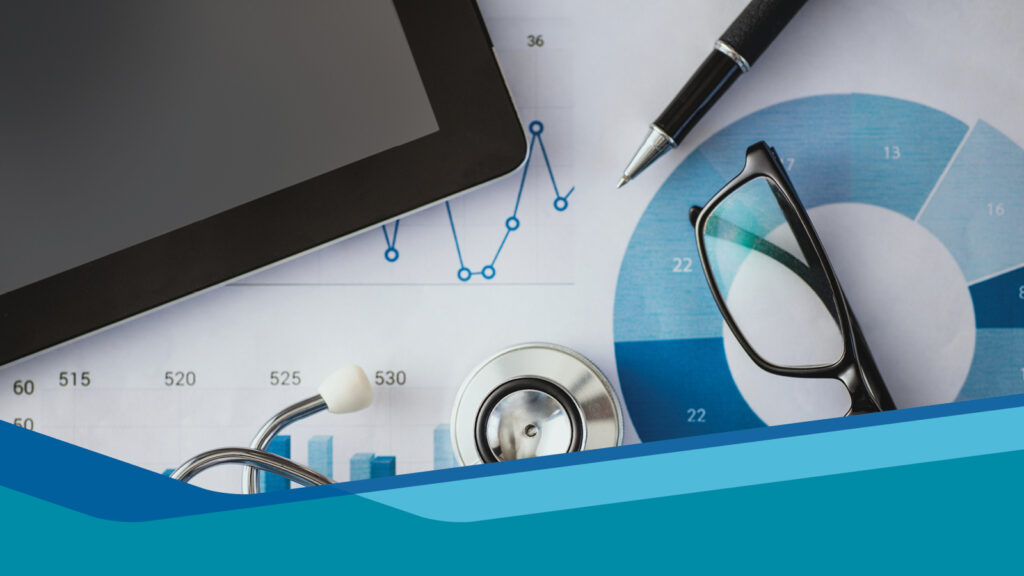Enhancing anesthesia department efficiency through data analytics


September 27, 2023
In today’s rapidly evolving healthcare landscape, medical facilities constantly search for ways to improve patient care, streamline operations, and reduce costs. One area that requires precision is the anesthesia department. By harnessing the power of data analytics and innovative technology, hospitals and clinics can enhance efficiency, extend physician oversight, and make better decisions for patients and staff. Below, we explore leveraging analytics and data to revolutionize anesthesia departments.
Real-time data for enhanced oversight
One of the key advantages of data analytics is the ability to access real-time data. Traditionally, anesthesia providers relied on manual charting and post-operative evaluations to assess a patient’s condition. However, with electronic health records (EHRs) and sophisticated monitoring systems, healthcare professionals can now access real-time data on a patient’s vital signs, drug dosages, and overall well-being. This real-time data allows providers to respond quickly to adverse events and extends physician oversight. Anesthesiologists and nurse anesthetists can remotely monitor multiple patients simultaneously, ensuring that each patient receives the highest level of care.
Data-driven decision making
By analyzing historical data, hospitals and clinics can identify patterns, trends, and areas for improvement. For example, they can assess the efficacy of different anesthesia techniques, medication choices, and post-operative outcomes. Furthermore, data-driven decision-making can help staff allocate resources more efficiently. By understanding the busiest times in the anesthesia department and patient flow, medical facilities can optimize staffing levels to meet demand effectively. This improves patient care and reduces costs associated with overstaffing during quieter periods.
Advanced clinical guidelines
Implementing advanced clinical guidelines based on data analytics can significantly improve patient safety. These guidelines can include critical performance metrics that help anesthesia providers adhere to best practices. Clinics and hospitals can fine-tune these guidelines over time.
Predictive analytics for risk management
Predictive analytics can identify individuals at higher risk for complications during surgery. This allows providers to take bold measures to mitigate these risks, such as adjusting anesthesia plans or increasing post-operative monitoring. Additionally, predictive analytics can help the team better manage their resources. By forecasting the demand for anesthesia services, hospitals and clinics can allocate staff and operating rooms more efficiently, reducing wait times and improving patient satisfaction.
Continuous improvement and training
By regularly reviewing outcomes and comparing them to benchmarks, medical facilities can identify areas where additional training or process improvements are needed. Moreover, analytics can be used to track the performance of individual anesthesia providers. This data-driven approach can help identify areas where specific providers excel and where they may need additional support or training. It fosters a culture of accountability and ongoing learning.
Integration of technology
Hospitals and clinics must integrate advanced technology into their anesthesia departments to fully leverage the power of data analytics. This includes not only EHR systems but also monitoring devices that can transmit data in real time to the anesthesia provider’s workstation. Additionally, using artificial intelligence (AI) and machine learning can help identify patterns and irregularities in the data that may be missed by human observation.
Ensuring data security and privacy
While harnessing the benefits of data analytics, medical facilities must also prioritize data security and patient privacy. Ensuring compliance with healthcare regulations, such as the Health Insurance Portability and Accountability Act (HIPAA), is paramount. Proper encryption and access controls must be in place to protect patient data.
The power of data-driven anesthesia management
The potential for data analytics to usher in a profound revolution within anesthesia departments is endless. This transformation rests upon several critical pillars, including the harnessing of real-time data, the cultivation of data-centric decision-making processes, the adoption of advanced clinical protocols, and the seamless integration of state-of-the-art technology. By embracing these innovations, facilities can not only elevate the caliber of patient care but also refine resource allocation and optimize the overall efficiency of their anesthesia departments. If your hospital, ambulatory surgery center, or office-based clinic seeks to explore more tailored, data-driven analytics solutions designed to elevate anesthesia services, we’d love to connect with you.